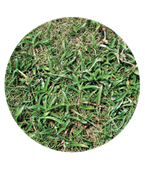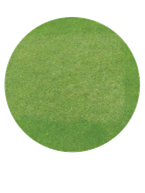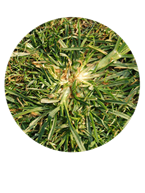The Problem
Sedges, nutsedges and kyllingas all belong to the Sedge (Cyperaceae) family and are commonly referred to collectively as ‘sedges’. They are one of the most common and hard-to-control warm-season turf weeds turf managers have to deal with. There are many different species present in warm-season turf, most are in the genus Cyperus, while kyllingas (a type of sedge) are in the genus Kyllinga. Sedges can be broken down into three main groups, with the important sedges in each listed below.
Nutsedges
Perennial sedges that form nutlets or tubers in the soil
- Yellow nutsedge (Cyperus esculentus)
- Purple nutsedge (Cyperus rotundus)
Non-tuberous sedges
Can be perennial or annual
- Annual or annual flat sedge (Cyperus compressus)
- Fragrant or annual kyllinga (Kyllinga sesquiflorus)
- Cylindric sedge (Cyperus retrorus)
- Globe sedge (Cyperus globulosus)
Rhizomatous kyllingas
Tend to form mats, can be perennial or annual
- Green kyllinga (Kyllinga brevifolia)
- False-green kyllinga (Kyllinga gracillima)
- Cock’s comb kyllinga (Kyllinga squamulata)
What To Look For
Sedges tend to show up in patches in lawns. Most sedges prefer wet soils and are found in areas with poor drainage. Some sedges can tolerate low heights of cut while other sedges such as yellow and purple nutsedge do not tolerate low mowing. Sedges are easily identified by their triangular stem. Leaves are slender and have a shiny appearance.
The Solution
There are many sedges that are problematic in warm-season in lawns, and identification is critical for successful control. Some sedges are annual in nature, and are easier to control, while perennial sedges are much more difficult. Increasing mowing frequency and decreasing mowing height can greatly reduce the vigor of purple and yellow nutsedge. A mowing height of less than 1 inch, with 2-3 mowings per week, can greatly reduce a population of these nutsedges. On the other hand, some sedges are not affected by low mowing heights or mowing frequency. Preemergence herbicides do not normally provide excellent control of sedges, particularly perennial sedges. Some preemergence products, like Specticle® FLO, do offer control of certain annual sedges. Tribute® Total and Celsius® XTRA provide postemergence control of many important sedges, in addition to a variety of broadleaf and grassy weeds.
Additional resources
| Solution sheet - Sedge |









